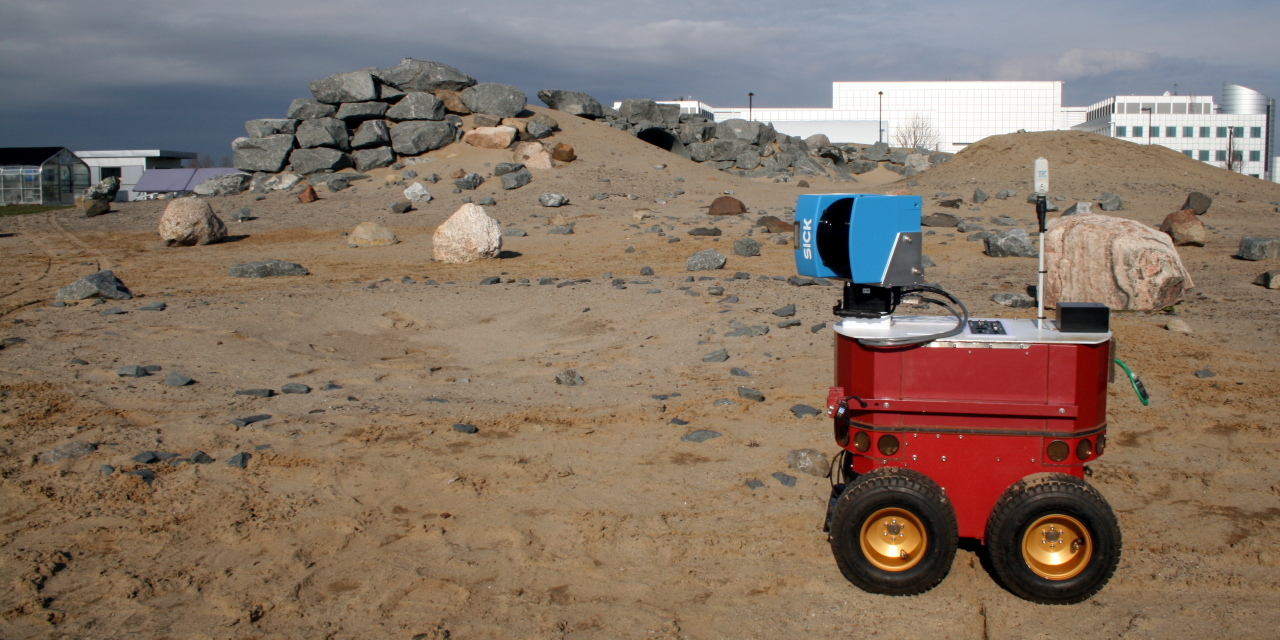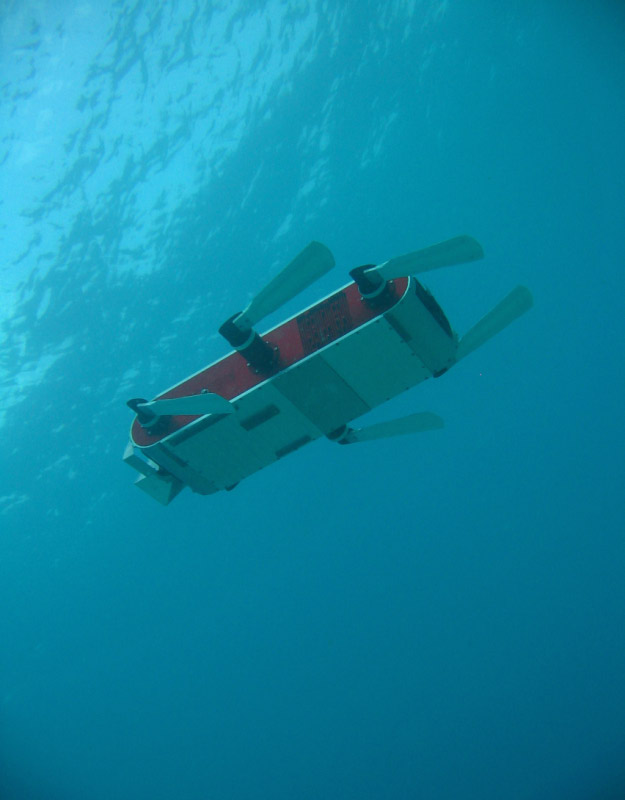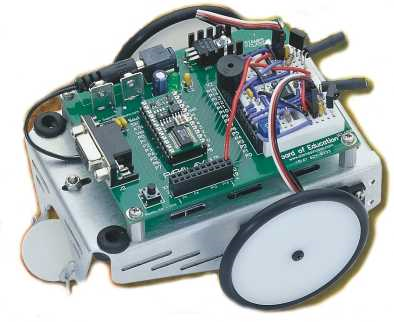 |
|
At the beginning we will discuss how robots move and interact with their environment. Among other topics we will examine the underlying hardware enabling mobility, kinematics and inverse kinematics, and also the differences between manipulators and mobile robotic systems. Perception of the environment is another fundamental skill for intelligent systems. Sensors, sensor data interpretation, and sensor fusion would be presented next, including recent advances in the field of sensor networks. Reasoning about the environment and the actions a robot takes is the third area we would cover in this course. This would include path planning for mobile robots and configuration spaces for manipulators. The task of mapping, with the underpinning concepts of position estimation and localization, will be explored. We will go over the notion of multi-agent systems, and finally look at applications of robotics in the real world.
|


